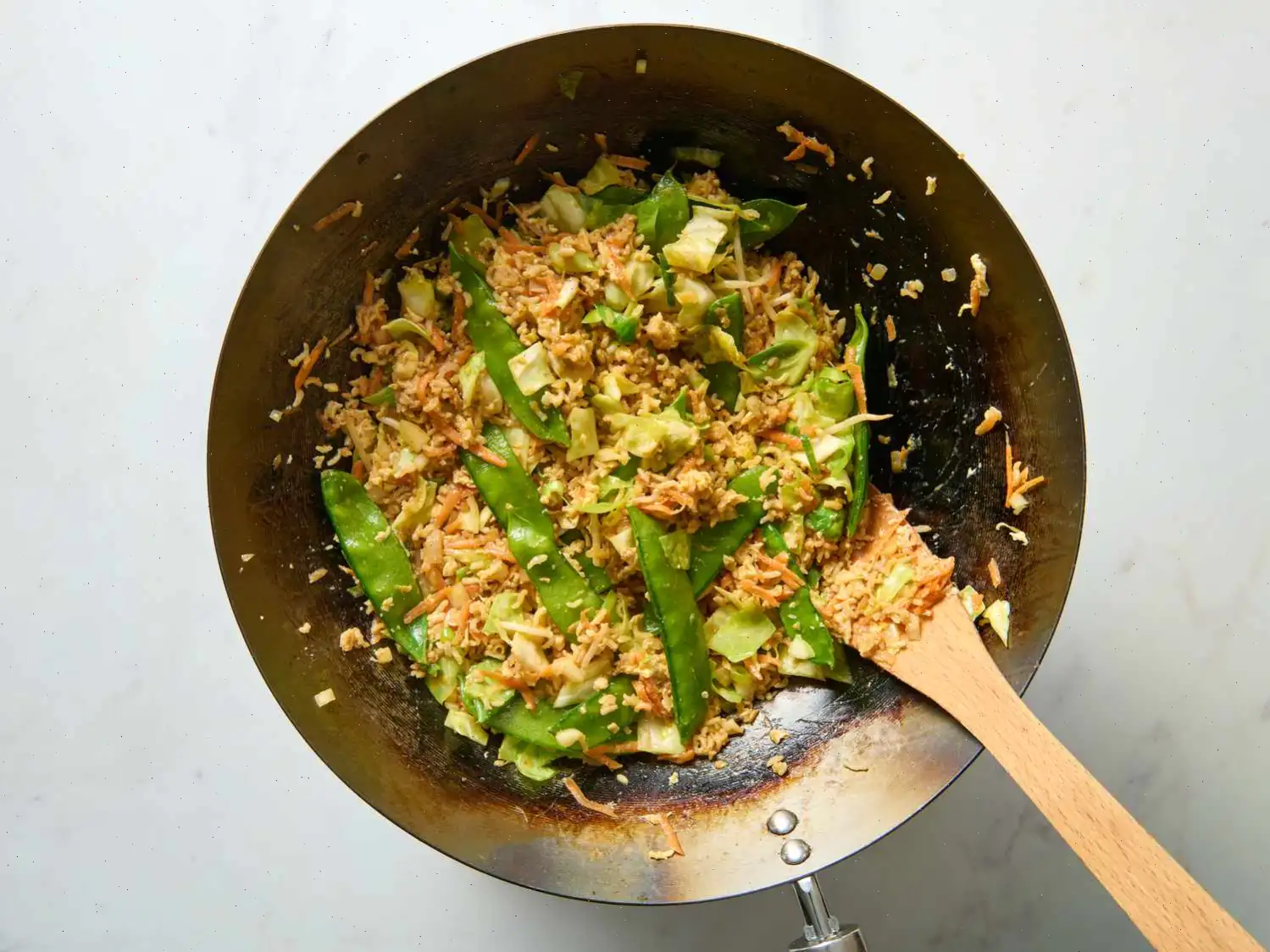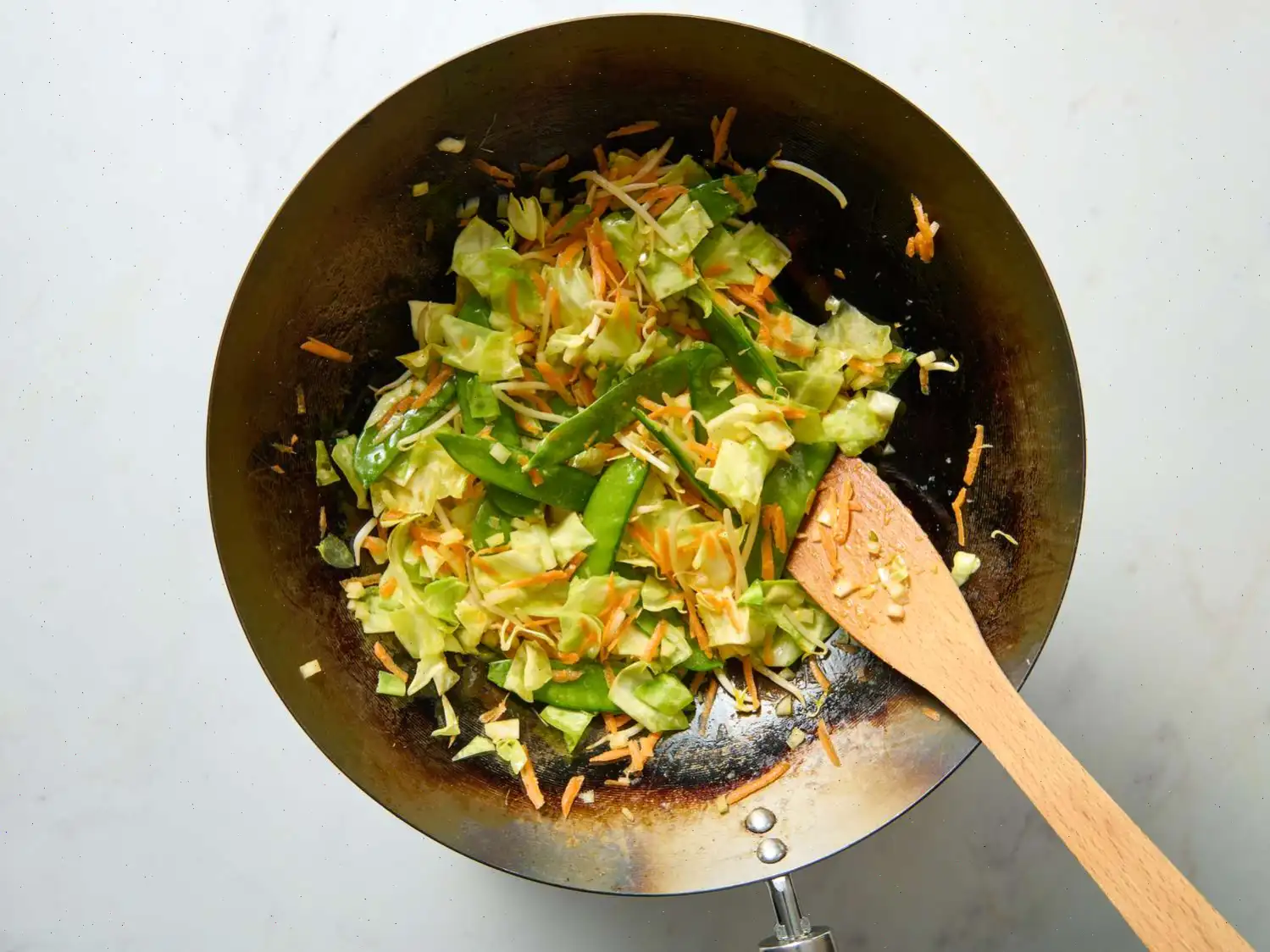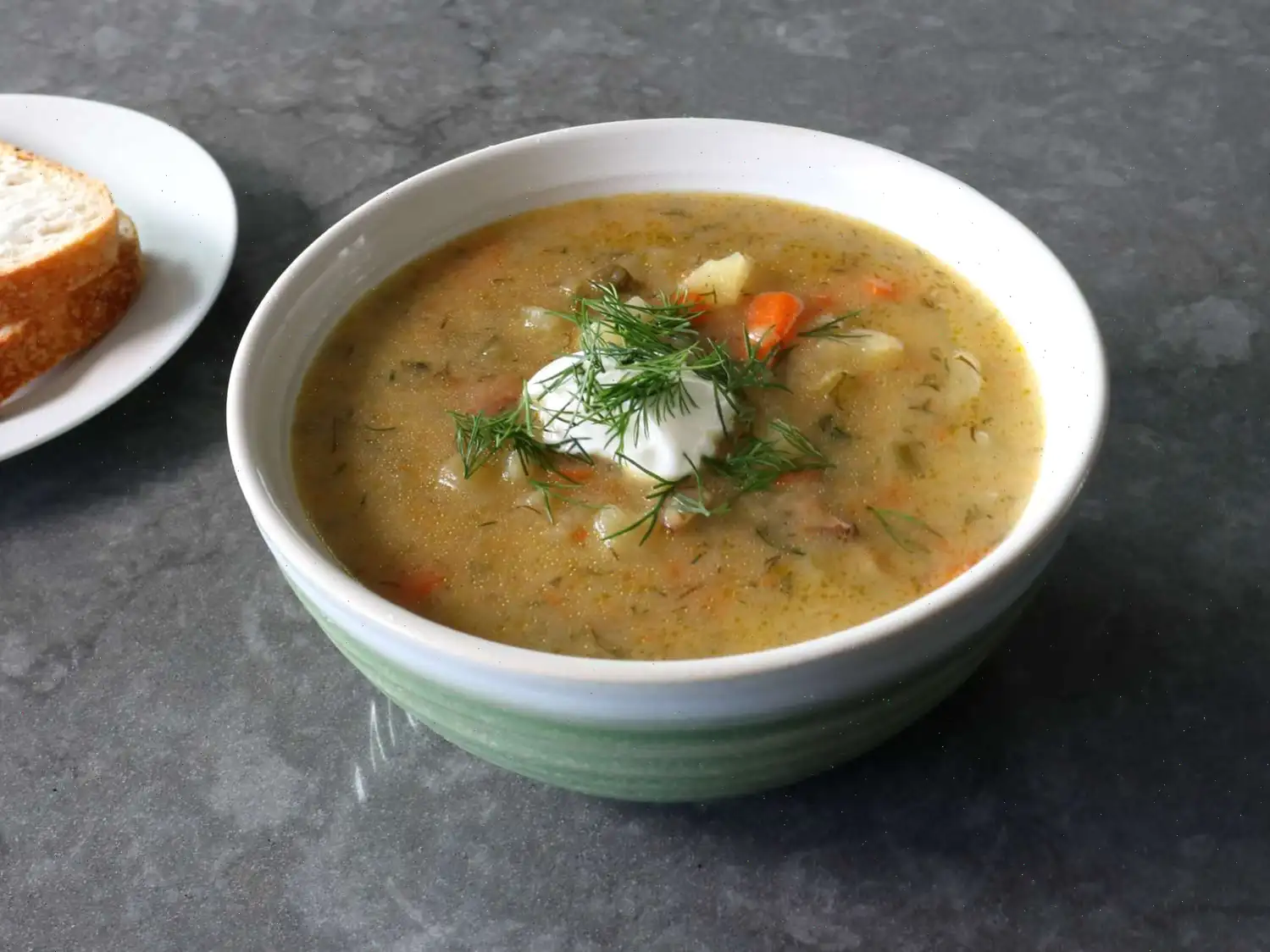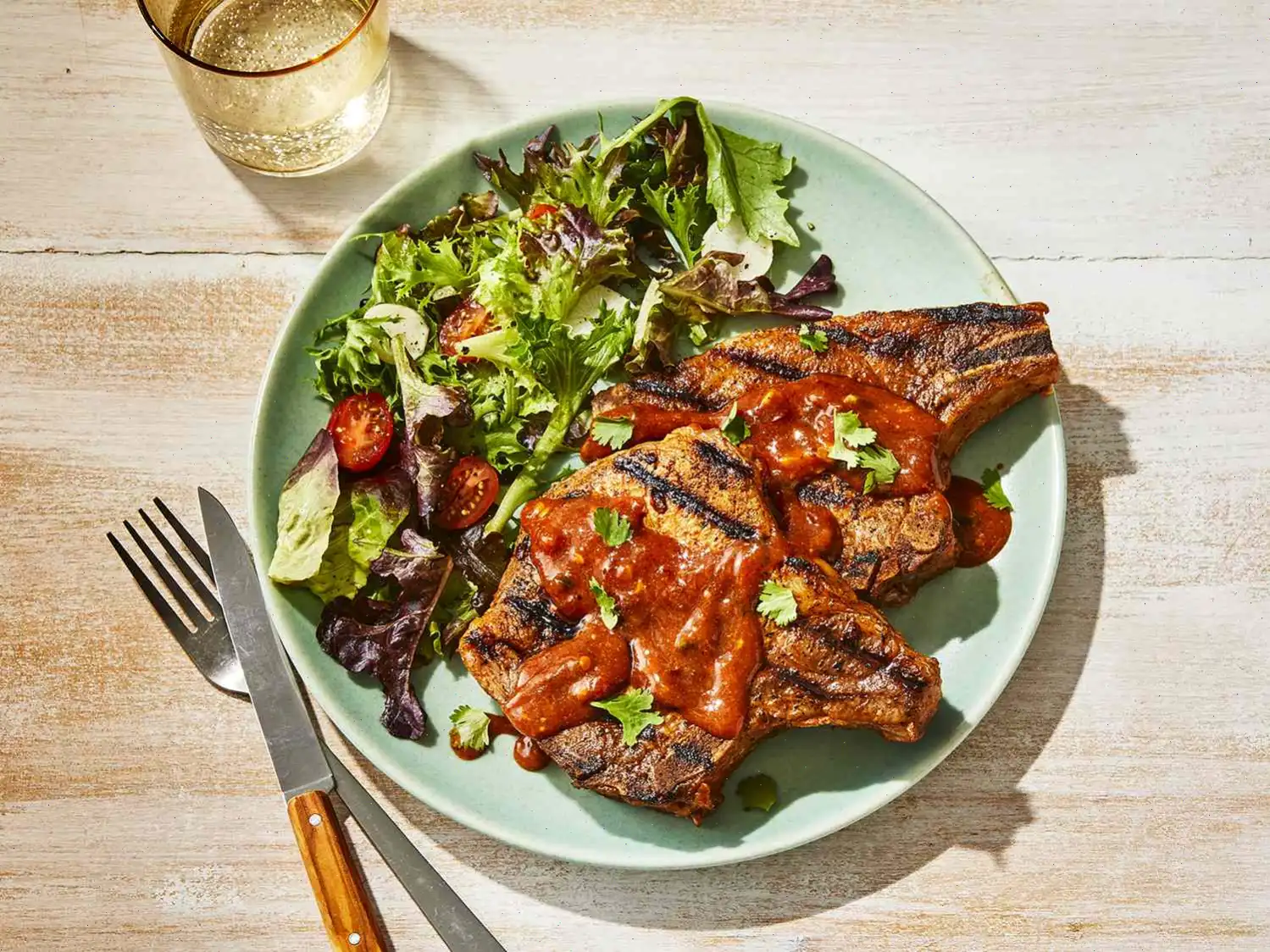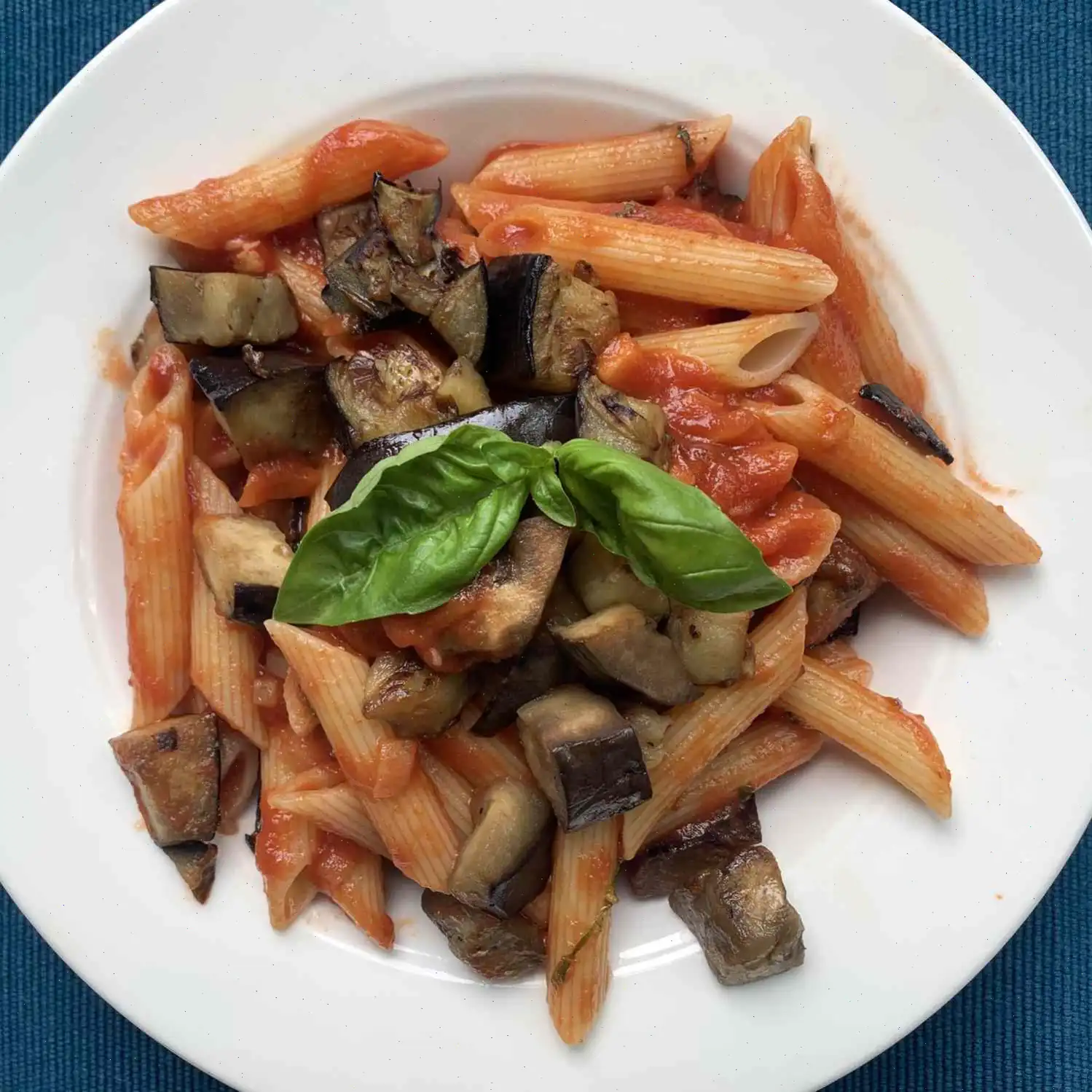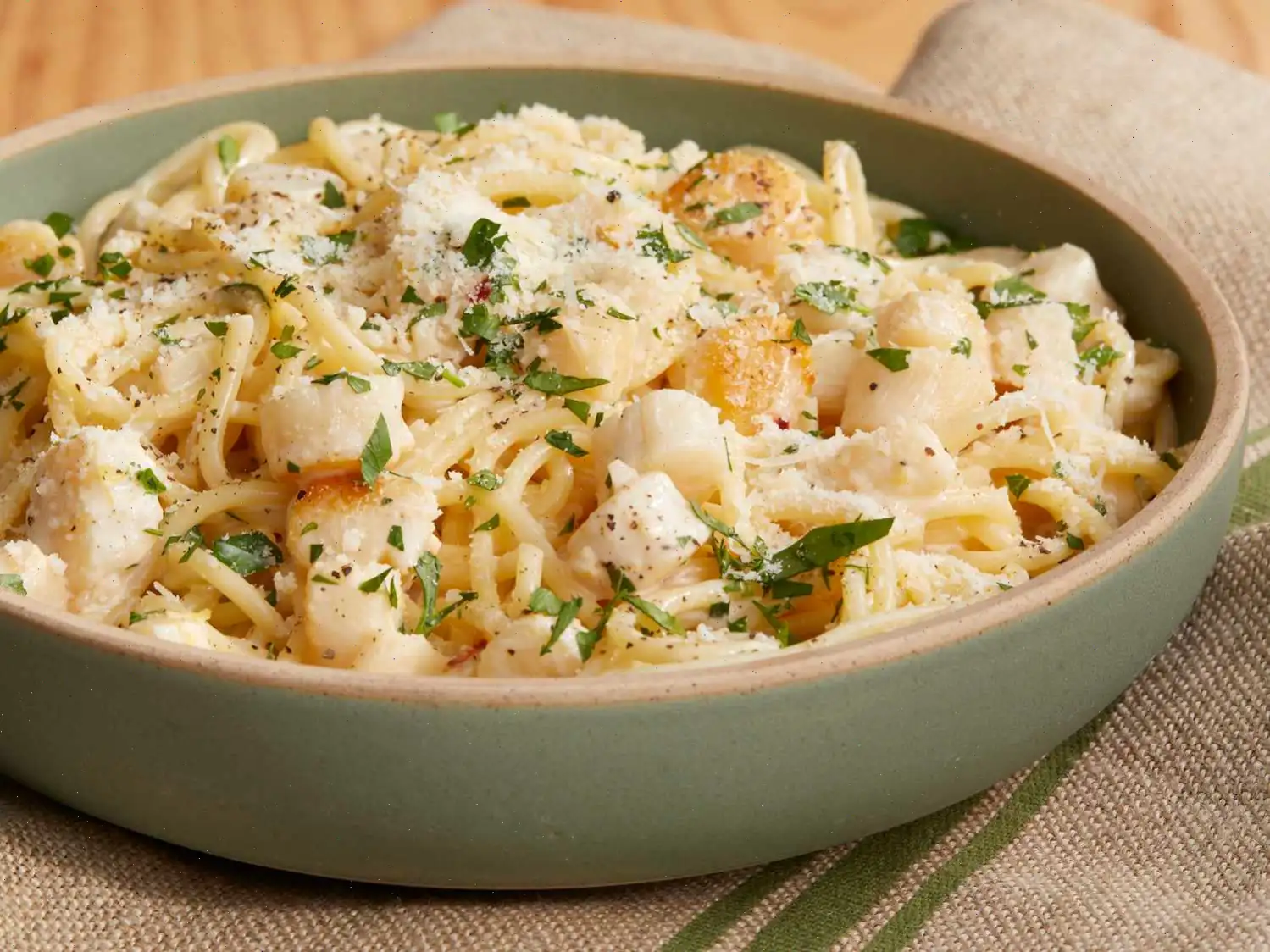
Winter Vegetable Fried Rice Recipe
Ingredients
This recipe was developed at its original yield. Ingredient amounts are automatically adjusted, but cooking times and steps remain unchanged. Note that not all recipes scale perfectly. Original recipe (1X) yields 3 servings.
- 4 large eggs
- 2 tablespoons water
- 2 tablespoons vegetable oil
- 2 cloves garlic, minced or shaved
- 2 cups chopped green cabbage
- 1 cup shredded carrots
- 1 cup snow peas
- 1/2 cup chopped white onion
- 1/2 cup bean sprouts
- 2 cups cooked brown rice
- 1/3 cup chopped green onion
- 3 tablespoons low-sodium soy sauce
- 2 tablespoons hot chili sauce, or more to taste
Directions
Follow these simple steps to create a delicious stir-fry:
- Gather all ingredients and prepare them as needed.
- Spray a wok or deep skillet with cooking spray and preheat over medium-high heat.
- In a bowl, whisk together the eggs and water until well mixed. Pour the mixture into the preheated wok and scramble for about 1 minute until the eggs are no longer runny but still moist. Remove the eggs from the wok and set aside.
- Wipe the wok clean and return it to medium-high heat. Add the vegetable oil and minced garlic. Cook the garlic for about 30 seconds, stirring frequently, until fragrant.
- Add the chopped cabbage, shredded carrots, snow peas, chopped onions, and bean sprouts to the wok. Stir-fry the vegetables for 2 minutes, mixing well.
- Stir in the cooked brown rice, scrambled eggs, chopped green onion, soy sauce, and hot chili sauce. Cook the mixture for 3 to 4 minutes, stirring frequently, until heated through.
Nutrition Facts (per serving)
Serving Size: 1
- Calories: 419
- Fat: 17g (22% DV)
- Saturated Fat: 3g (15% DV)
- Cholesterol: 248mg (83% DV)
- Sodium: 663mg (29% DV)
- Total Carbohydrate: 51g (19% DV)
- Dietary Fiber: 8g (28% DV)
- Total Sugars: 10g
- Protein: 17g (35% DV)
- Vitamin C: 75mg (84% DV)
- Calcium: 161mg (12% DV)
- Iron: 4mg (21% DV)
- Potassium: 866mg (18% DV)
* Percent Daily Values are based on a 2,000 calorie diet. Your daily values may be higher or lower depending on your calorie needs.
** Nutrient information is not available for all ingredients. Amount is based on available nutrient data.


By Steve | Published: January 22, 2024 | Updated: February 19, 2025
History and Origin
Fried rice, a beloved dish across many cultures, has its roots in China. Traditionally made with leftover rice, the dish allowed families to repurpose ingredients they had on hand, making it both economical and versatile. Winter Vegetable Fried Rice, as a specific variant, emphasizes seasonal, hearty vegetables such as cabbage, carrots, and snow peas. This variation offers a perfect way to enjoy fried rice during the colder months when these vegetables are at their peak. The dish has become popular in various Western kitchens due to its simplicity and ability to be customized with a wide range of ingredients.
Regional Variations
Winter Vegetable Fried Rice, while inspired by traditional Chinese fried rice, carries regional nuances depending on where its made. In some areas, you might find it with a more pronounced spice level, such as the inclusion of chili sauces or hot peppers, while others prefer a milder flavor profile. In American kitchens, its common to use brown rice to add a healthier twist, taking advantage of its nutty flavor and higher nutritional value compared to white rice. The vegetables, too, can varysnow peas might be swapped with broccoli, and bean sprouts could be substituted with mushrooms or bell peppers depending on whats locally available.
How it Differs from Similar Dishes
Winter Vegetable Fried Rice stands out among other fried rice recipes due to its emphasis on seasonal vegetables. While traditional fried rice recipes, such as the classic Chinese fried rice or even vegetable fried rice, often incorporate peas, carrots, or scrambled eggs, this winter version adds an extra layer of nutrition and flavor with ingredients like cabbage and snow peas. Additionally, the use of brown rice over white rice boosts its fiber content and makes it a healthier option compared to many fried rice dishes that are more carbohydrate-heavy. The inclusion of chili sauce also brings a unique balance of heat, making it more flavorful than milder versions of fried rice.
Where Its Typically Served
Winter Vegetable Fried Rice is typically served as a hearty side dish or a light main course, especially in casual dining settings. It is often enjoyed as part of a larger Asian-inspired meal or paired with other vegetable-heavy dishes to create a satisfying vegetarian meal. In many restaurants and homes, it's served alongside grilled meats, stir-fries, or even tofu dishes, making it a versatile companion. The dish is also a popular choice for meal prep, as it stores well and can be enjoyed as leftovers the next day, offering a quick and healthy option for busy days.
Interesting Facts
- The concept of "fried rice" originated in China during the Tang Dynasty (618-907 AD), though it was not until the 20th century that it became popular globally.
- Brown rice is often considered a healthier alternative to white rice, as it retains its bran and germ, providing more fiber, vitamins, and minerals.
- The inclusion of chili sauce not only enhances flavor but also brings a burst of heat, which is believed to boost metabolism, especially during the winter months when your body requires more energy to stay warm.
- Fried rice, in general, is a brilliant example of "zero waste" cooking, as it uses leftover rice and any leftover vegetables you may have, making it an economical and environmentally friendly dish.
- In many Asian cultures, fried rice is often served during Chinese New Year celebrations, symbolizing prosperity and good fortune for the coming year.
FAQ about Winter Vegetable Fried Rice Recipe
Comments
Patricia Gomez
05/06/2024 09:27:48 AM
Easy, tasty, and nutritious, this dish is a winner! Packed with fiber and a variety of veggies, I'll definitely be keeping this recipe in my rotation. It's so versatile - I can easily switch up the vegetables based on what's in my fridge. Using pre-cooked brown rice would make it an even faster meal option.
Amy Perez
06/05/2024 12:27:48 AM
I didn't have chili sauce, so I used a teaspoon of chili powder instead. It might not have the exact same flavor, but both my wife and I enjoyed the taste. This dish has earned a spot on our regular dinner rotation now.


